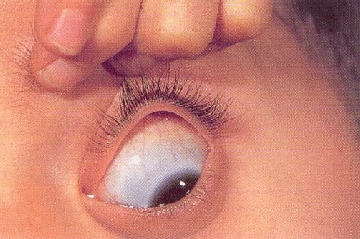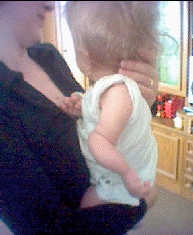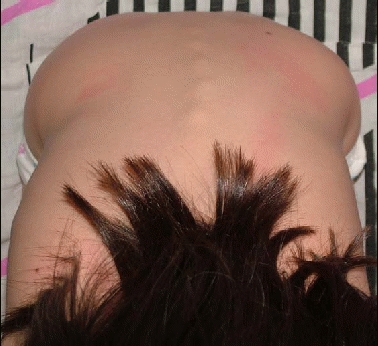The disease
Introduction:
The Osteogenesis Imperfecta is very rare. By right of statistics, one baby is born with this disease in 30.000 births. Osteogenesis Imperfecta includes several diseases in fact. The kernel of this disease is the serious malfunction of bone-metabolism. As a consequence malformed bones, broken bones, pathological mutations of skin and teeth and also cardiac-inadequacy evolve.
Possible signs of Osteogenesis Imperfecta:
- Increased bone-fragility,
- Twist of long bones,
- Malformation of spinal column (scoliosis),
- Formation disorder of cranial bones,
- Blue sclerae,
- Brittle teeth (dentinogenesis imperfecta),
- Thin and soft skin,
- Weak ligaments,
- Slack joints,
- Deafness,
- Thin heart valve system.
Osteogenesis Imperfecta has 4 main categories.
The certain types’ peculiar clinical pictures:
Small bone-deformities, blue sclerae, the stature is average as compared with unaffected family members. Brittle teeth occurs rarely, hearing loss is not typical but may occur.

Category II:
Serial and serious fractures even in the belly. The patient may have more than a hundred fracture during his or her life. Crashed bones, dark blue sclerae.

Category III.
The fragile bones twist and shear progressively; the child has a markedly short stature. Brittle teeth and the sclerae is lighten to white.
The fragile bones moderately share, growth retardation, brittle teeth.
Same clinical features as Type IV. Distinguished histologically by “mesh-like” bone appearance. Further characterized by the “V Triad\”consisting of a) radio-opaque band adjacent to growth plates, b) hypertrophic calluses at fracture sites, and c) calcification of the radio-ulnar interosseous membrane.
Same clinical features as Type IV. Distinguished histologically by “fish-scale” bone appearance.
In 2005 a recessive form called “Type VII” was discovered. Thus far it seems to be limited to a First Nations people in Quebec For more information see http://www.oif.org/site/DocServer/CRTAP.pdf?docID=4522.
OI caused by mutation in the gene LEPRE1 is classified as type VIII.
Peculiars of the disease:
The biggest problems are the serial fractures and strains of long bones and the malformation of vertebral column. The blue sclerae is going hand in hand with the disease because of the thin cornea. The patients who have blue cornea have much more fractures.
The other experience is the thin and soft skin because of the lack of collagen in the skin. This lack has effect on the heart too that’s why the heart valve system is so thin as the skin. The dentinogenesis imperfecta is categorized with mighty decay and white glass looking of the teeth. The ligaments are weak and slack that’s why sprains can happen easily. The slack ligaments of bones in the ear can cause deafness.


The fractures are painful, but not so painful as in normal case because the soft tissues get less injury. The fracture’s recovery is so fast and full like normal people’s. Compound fractures occur very rarely. The fractures are frequentest between babyhood and teen-age, befall even at a little trauma but the frequency is tapering off as the years pass away. Social meaning of the disease is very great sith most of the patients will be crippled by the time of adulthood. By right of observations people suffering from OI are usually very gifted.